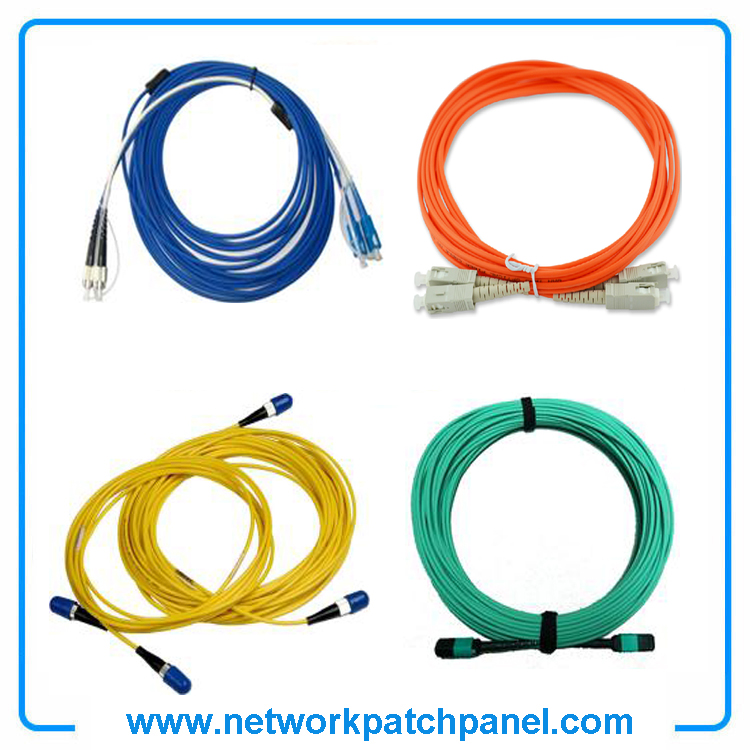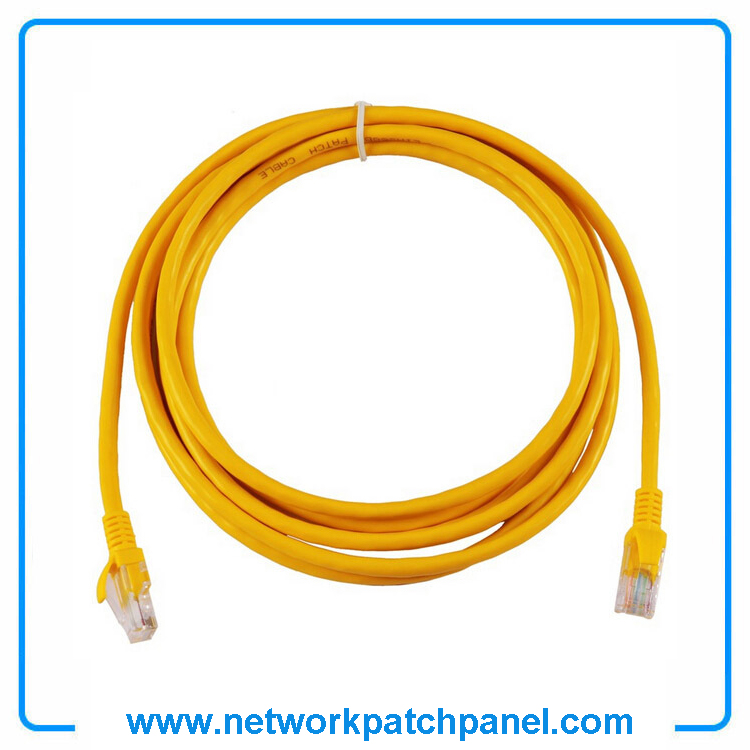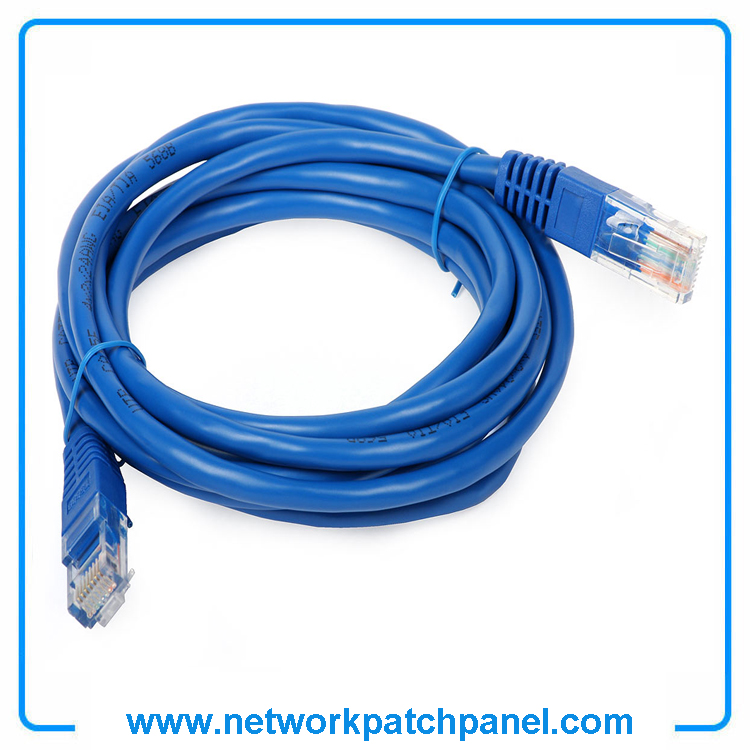Professionals associate with network connection are
familiar with a common term referred as network patch cable that mainly
helps in setting up connections for almost every type of networking
applications. network cable
commonly refers to 8-wire cable comprises of four twisted wire pairs
and comes in combination with connectors of RJ45 at its both ends. In
addition, such cables come in different types, about which you will get
overview from the article.

Fiber Patch and Twisted Pair Cables
Today, an individual may found both twisted-pair and patch cable
connectors in the market. Fiber patch cable mostly uses fiber optic
materials and connectors at its two different ends. These cords perform
their functions in well manner for connecting two different types of
network devices together. Main role of this cable is to pass or
distribute the data in simple and in easy manner.

Common Cables
Individuals
will come across few of the common cables network available in the big
market; two of them are Cat5e and Cat5. In addition, people will also
found difference among such cables. During the recent few years, network
operators have also witnessed the launch of Cat6 category of cables,
which comes with the range of 1,000 meters.
Ethernet Cables
Ethernet cable
is also a type of cable used in communication network that mainly
connects Ethernet devices. However, you may also use this specific type
of cable in some other applications related to telecommunication
process. One such example is ATM system that operates by using
high-speed of technologies demanding for cables to support their
requirements.

Unshielded and Shielded Networks
Depending
upon the type of connection required in a network, professionals choose
to use either unshielded or shielded networks. Most common type of
unshielded network is UTP i.e. Unshielded Twisted Pair, while other
applications require usage of shielded networks for providing support to
the connection. Shielding type of connection help in reducing outside
EMI i.e. Electro Magnetic Interference, which may cause crashing of any
data connection.
Solid and Strand Types of Cables
Lastly,
individuals may find solid and stranded types of network cable
connectors in the market. Cables with stranded format mainly come with
wires of small gauge and mark each among the 8 different internal wires.
On the other side, solid cables consist of a single solid wire that
serves as the core for each of the available individual wires, while
those individual wires form twister wire pairs.
In
conclusion, selection of cable connectors is solely dependent on the
type of network. Hence, one has to do the proper research work, so that
the chosen network allows for smooth data transfer process.

